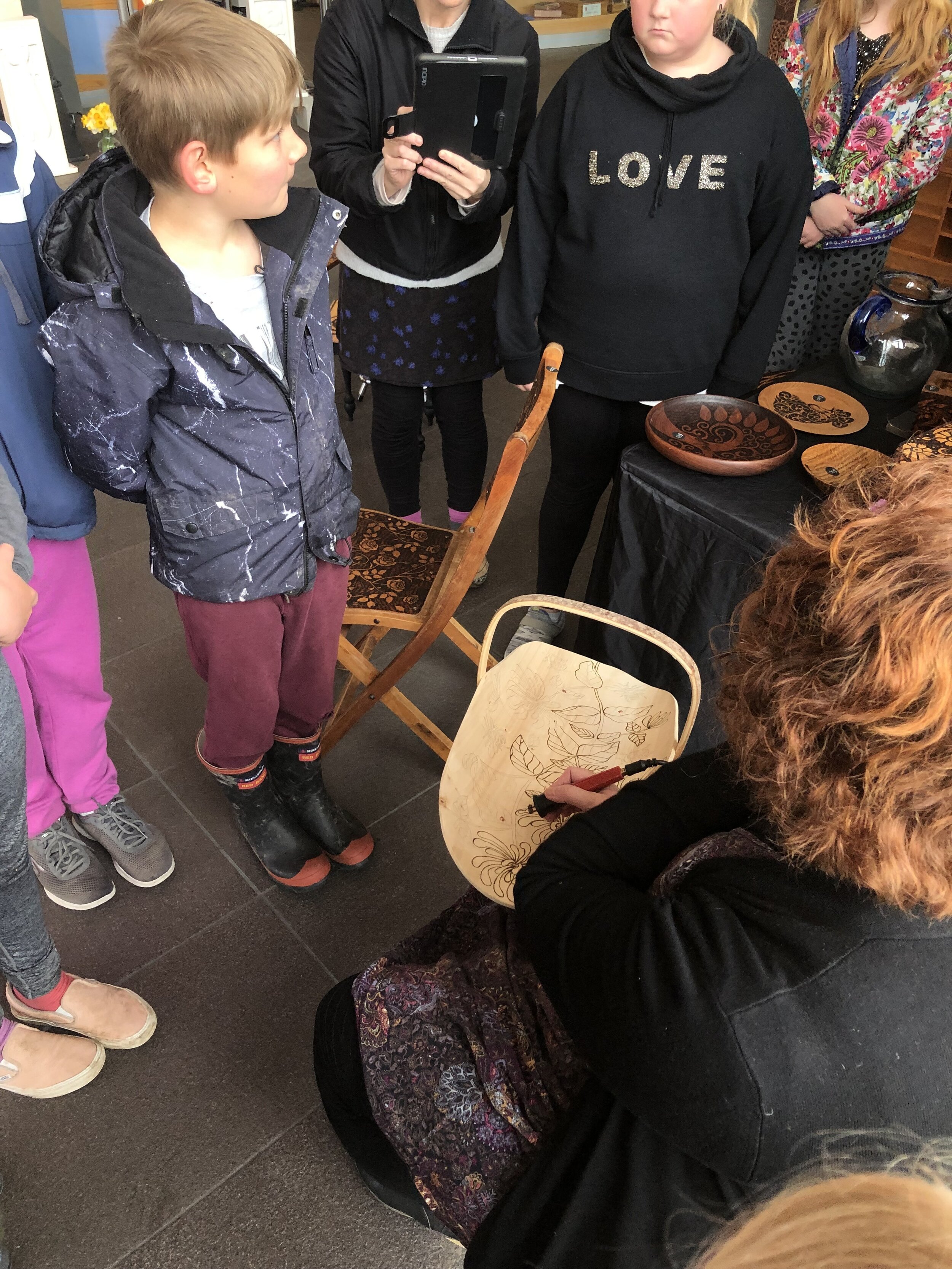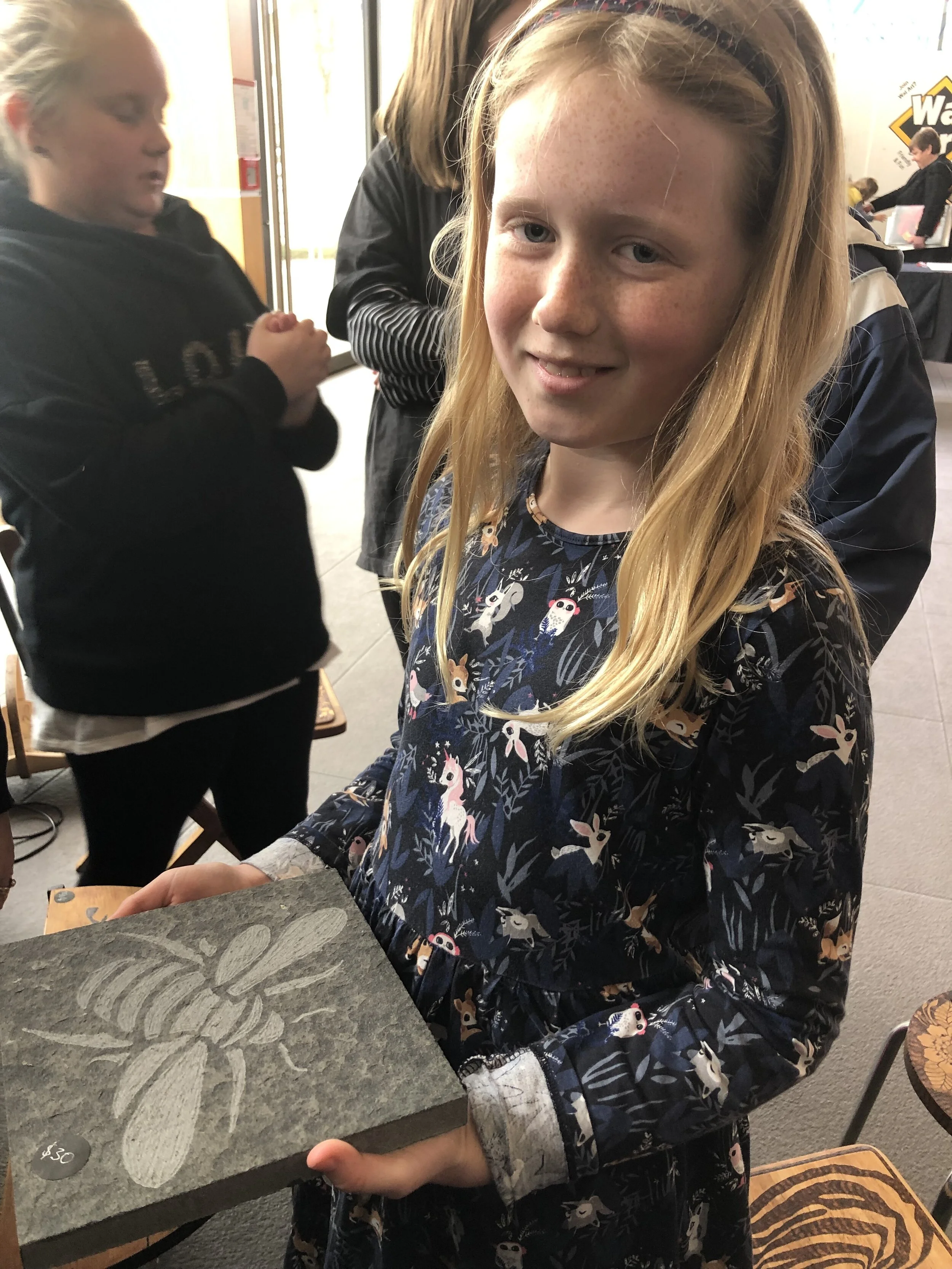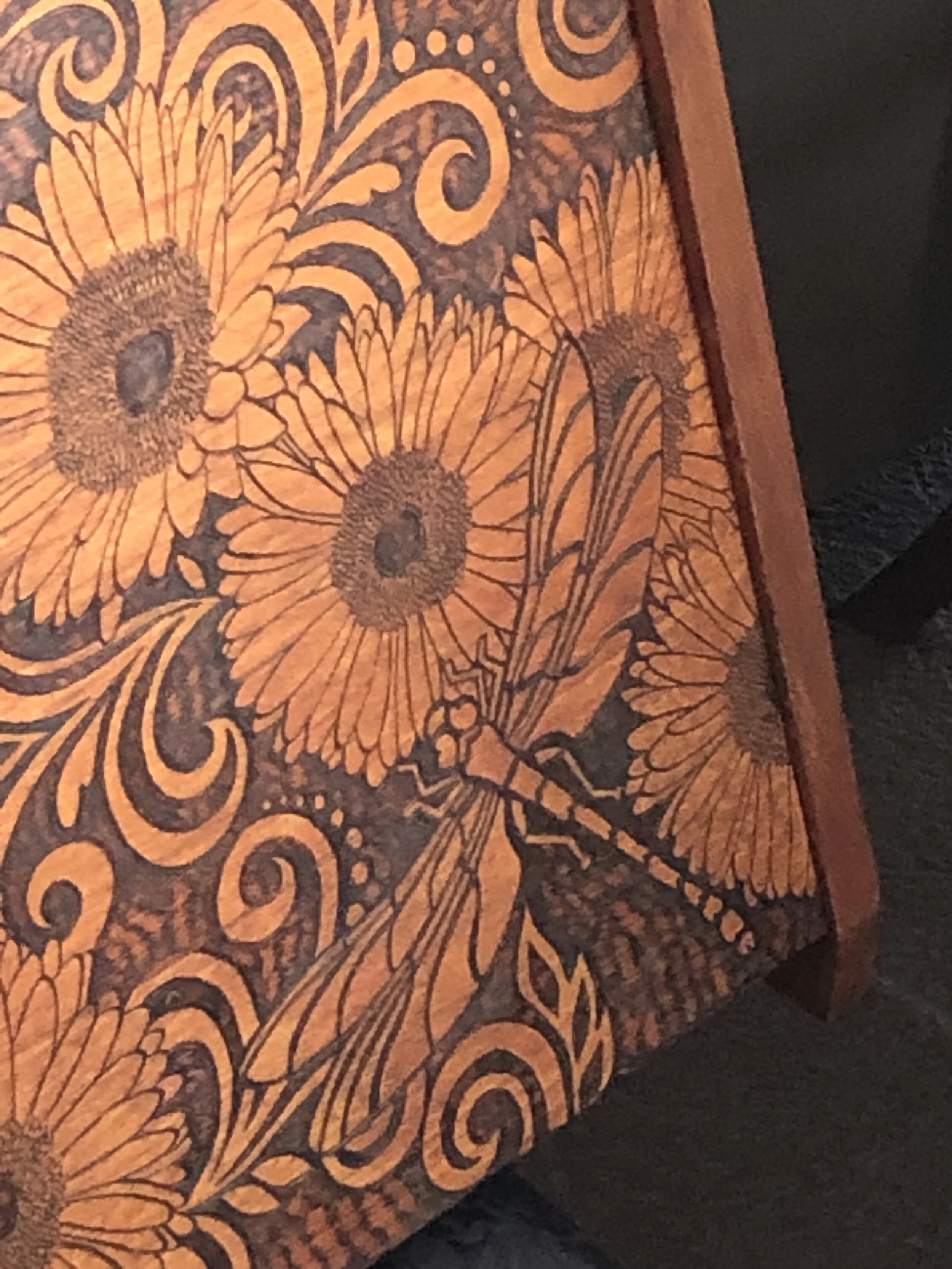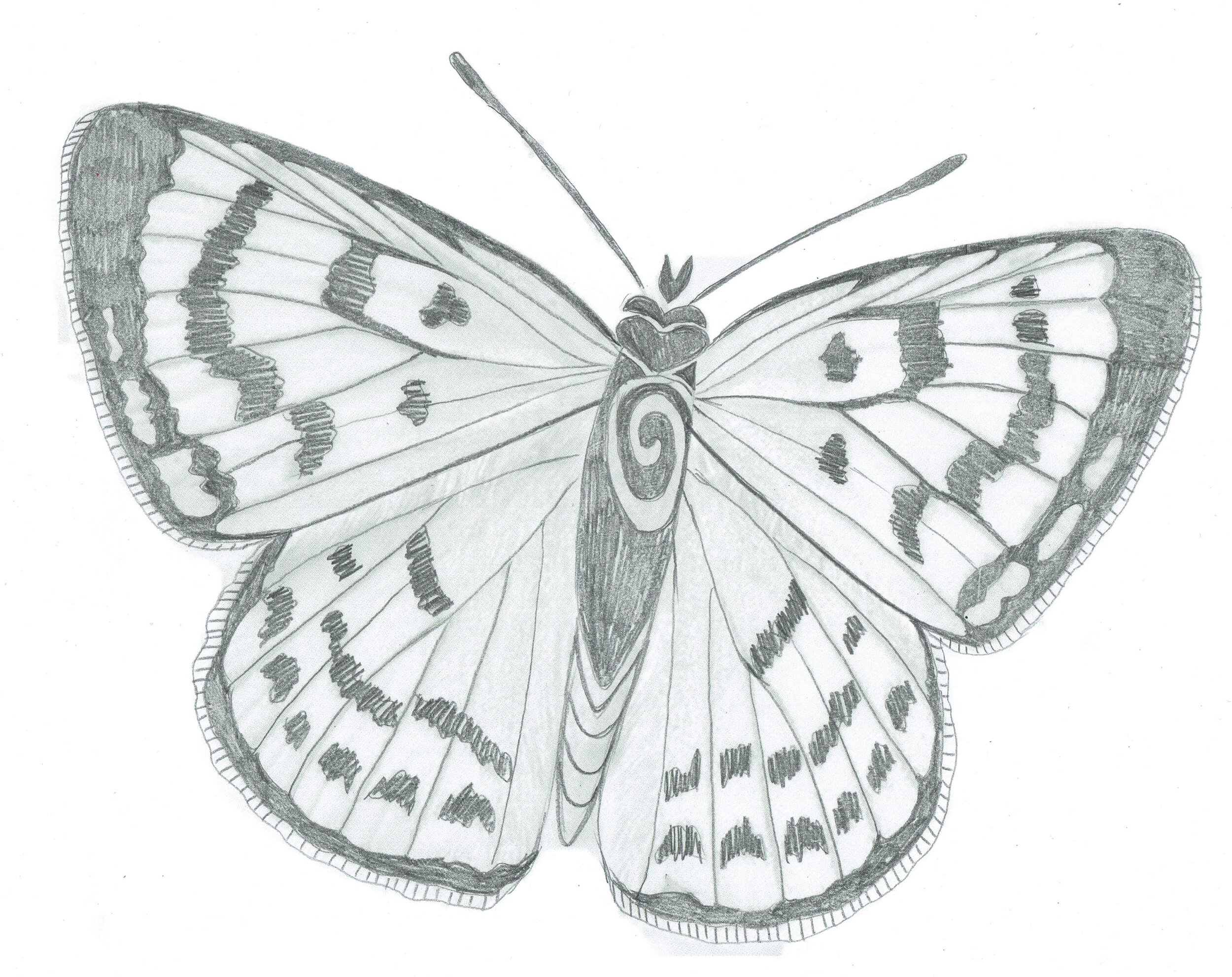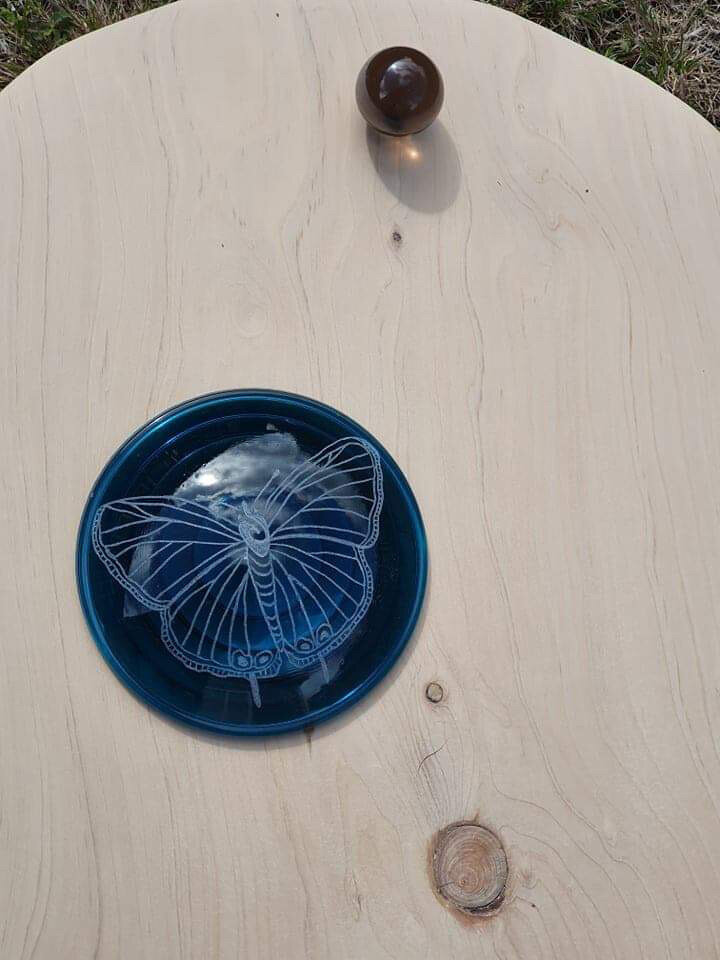Pollinator Sculpture Trail
In 2019 we were awarded a Carterton District Council Creative Communities grant to begin work on our Food Forest Sculpture trail in the outdoor classroom at South End School in Carterton. Senior students have been researching native and non-native NZ pollinator species to create a pollinator art trail in the South End School food forest garden.
We decided to divide the sculpture trail into three areas, a Welcome area, the composting zone and the pollinator trail. Students split into groups to work on planning and researching the different garden zones considering the artistic look of the sculptures and also the scientific content of the different information. What do we want to learn from the sculpture trail?
The students had several sessions working with artists exploring the possibilities of using different materials. The artist Ngaire from Burnt Offering specialises in transforming natural (wood and stone) recycled and repurposed items into art by burning or etching on the surface. Students were able to see her work at the big Wai Art show and get an idea of the possibilities, Ngaire loves to draw animals so the students decided that pollinators such as birds, bees, flies and butterflies would be a great starting point for our sculpture trail.
thinking about native versus non-native pollinator species
Eli, Bonnie and Ollie worked hard sanding some lovely macrocarpa boards donated by Bollie Bollinger and students worked with Ngaire to choose butterfly species the idea was to make a sculpture with wood and glass that catches the light. The long tailed blue pea butterfly and Rauparaha's copper butterfly are pollinators of both native and introduced NZ flowers. The Red Admiral is found only in New Zealand. Its Māori name is kahukura, which means "red cloak".
Ngaire translated the students ideas into a beautiful design, using old lamps recycled from trains she has designed a stunning combination of glass and wood that will teach about NZ butterfly pollinators and just be a piece of art to admire in the food forest.
The next step is to cut holes in the wood to sink the glass inside and then burn the names of the butterflies in around the edges, oil the wood and then glue in the glass with silicone. The post can then be fixed in place in the food forest sculpture trail.



